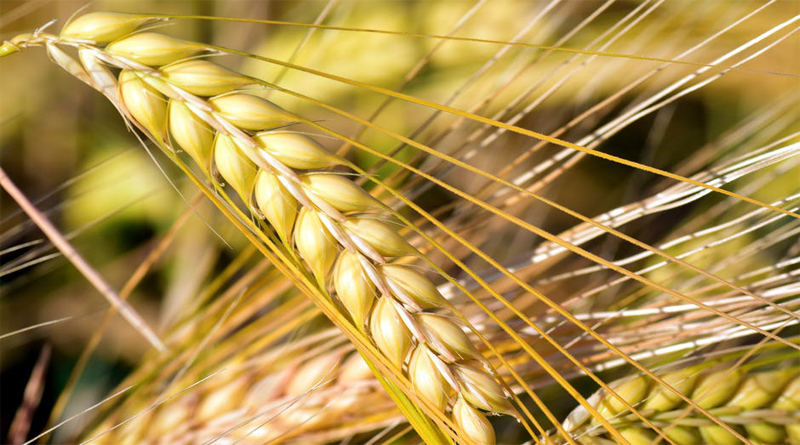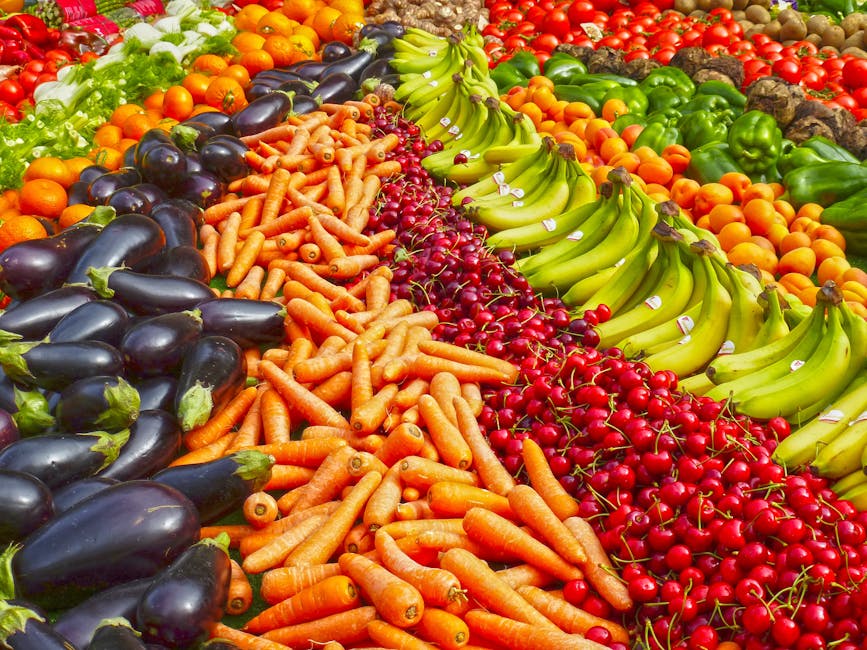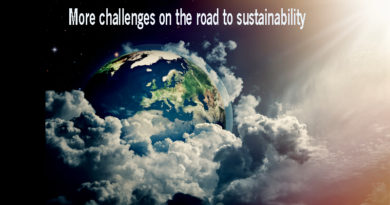Newly-Decoded Wheat Genome Opens Door To Boost Crop Yields

The ability to tweak the DNA of crops to make them resilient and more productive is one of the most promising applications of gene-editing technology. This was not possible with wheat because of its complex genome which had proven tricky to decode, but now an international team of researchers has finally cracked it.
The reason it was so hard to map wheat’s genome was its sheer size—more than 108,000 genes compared to humans’ with merely 20,000. It also contains three pairs of each chromosome, because the plant we know today is actually a mix of three species of grasses that crossbred millennia ago.
To add to the problem, more than 85 percent of the genome consists of repeated sections. Sequencing a genome is done by breaking it down into chunks to make it easier to read and then piecing them back together again.
That’s why it has taken more than 200 researchers 13 years to build the first fully-annotated reference genome for bread wheat, which the International Wheat Genome Sequencing Consortium (IWGSC) presented in a paper this week. The genome provides a map that will allow plant biologists to pinpoint the genes and regulatory networks responsible for a host of useful traits like yield, drought tolerance, and pest resistance.
That could be crucial, because wheat is the staple crop for about a third of the world and production will need to increase by 60 percent by 2050 to keep pace with growing populations, according to the UN’s Food and Agricultural Organization.
Researchers have been breeding new varieties of wheat using conventional cross-breeding approaches for a long time, but the process is expensive, time-consuming, and unpredictable.
The International Maize and Wheat Improvement Centre (CIMMYT), based near Mexico City, led a lot of this work. Its head of wheat research, Ravi Singh, said that they are already starting to exploit the new genome to identify genetic code underlying important characteristics.
Among the discoveries made so far are a gene that makes the stems of plants more stiff therefore more resistant to stem-boring pests.

IWGSC researchers have even paired discoveries in the genome with the gene-editing technology CRISPR, identifying genes responsible for flowering time, and editing them so the plant blooms early. They’re also investigating how to activate specific genes at different stages of development so that they could tailor a crop’s genetics in accordance to their seasonal environment.
People have been using Genetically Engineered (GE) crops for decades now. GE maize has the highest number of approved events and is the second largest crop, after soybean, in terms of global adoption. More than 90% of all soybean cotton and corn acreage in the U.S. is used to grow genetically engineered crops. Globally GE Maize cultivation stood at one-third of the total maize planted worldwide. 33 million ha were grown in the USA, while GE maize planted in Brazil, Argentina, and Canada accounted for 17.4 million ha.
But now the biggest challenge scientists face is regulatory. The Court of Justice of the European Union—recently ruled that CRISPR-edited plants are subject to EU’s stringent GM rules, which many believe could stifle innovation.
There’s also a valid argument that world’s food problems are not a matter of production, but a matter of logistics. Particularly in developing countries, huge amounts of produce are wasted or spoiled due to insufficient transportation, poor storage, and lack of packaging technology. So there is an open question whether supply chains should be improved or new crop varieties should be adopted.
With climate change making our planet increasingly inhospitable and unpredictable, the ability to quickly adapt our crops to new environments is likely to be a crucial arrow in our quiver. Having already cracked rice, maize, and soy, it’s reassuring that we’ve been able to add the world’s most widely-cultivated crop to our inventory.




